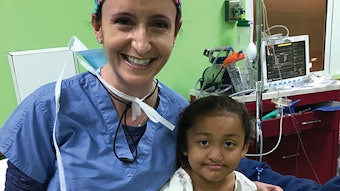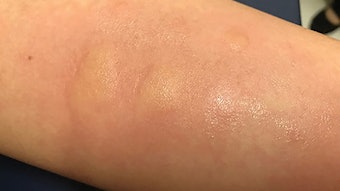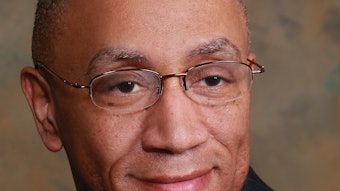Hindsight is 2020: Lessons on Racial Health Disparity during the COVID-19 Pandemic
As cities across the globe were gearing up in the fight against SARS-CoV-2, New Orleans, LA, was deep in the festivities of Mardi Gras. In the weeks that followed the traditional March event, something disastrous was unfolding. Hospitals around the world were becoming overrun by the novel virus, and New Orleans noticed the number of cases quickly rising.
Basit A. Jawad, MD, (PGY-4) Tulane University School of Medicine, Otolaryngology-Head and Neck Surgery
For the AAO-HNS Diversity and Inclusion Committee
As cities across the globe were gearing up in the fight against SARS-CoV-2, New Orleans, LA, was deep in the festivities of Mardi Gras. In the weeks that followed the traditional March event, something disastrous was unfolding. Hospitals around the world were becoming overrun by the novel virus, and New Orleans noticed the number of cases quickly rising. It wasn’t long before many floors had transformed into respiratory isolation units. Like many otolaryngology departments across the United States, we too were diverted to help cover the COVID-19 respiratory ICUs. Although the circumstances were unfortunate, the sense of camaraderie was commendable. Working side-by-side under the guidance of critical care intensivists, the invisible barriers that once separated residents from attendings quickly faded. The shared goal was simple: help by any means possible. Although not always victorious, small milestones such as weaning patients off vasopressors or the occasional extubation were cherished.
Looking back now as we return to our regular duties, one trend is glaringly obvious. Racial and ethnic minorities disproportionally suffered from COVID-19. At one point in Louisiana, roughly 70% of coronavirus-related deaths were African Americans.1 This is not an isolated trend. Various studies describe similar findings. The U.S. Centers for Disease Control and Prevention (CDC) reports that African American and Hispanic communities have disturbingly poorer outcomes compared with other racial groups.2, 3, 4 Studies find that African American individuals have twice the death rate per capita as their white counterparts (92.3 vs 45.2, per 100,000).3
Although the data are evolving, the consensus remains that patients with preexisting medical conditions are at a higher risk. With a greater prevalence of disorders such as hypertension, diabetes, obesity, cardiac and renal disease, certain racial minorities are increasingly affected.3 One preexisting condition, however, is rarely mentioned in medical records—racial inequality. Decades-long policies have resulted in residential housing segregation.5 This creates an environment where minority groups are more likely to live in densely populated areas. As a result health policies such as social distancing are challenging to adhere to and rapid access to hospitals may be difficult. Additionally, there is increased employment of minority communities within high-contact essential industries: ancillary healthcare workers (housekeeping, food services), agriculture, gas station/grocery store clerks, automobile mechanics, etc.6 As with medical providers on the front lines, these individuals are at high risk of contact with infected persons. The availability of paid sick leave may also not exist, increasing the likelihood of individuals continuing to work through minor illness.6
As otolaryngologists we are fortunate to treat patients from all demographics. It is well known in the world of head and neck cancer that social factors intimately interact with health outcomes. Moving into an unknown post-COVID-19 world, who knows how the medical landscape will transform? As with any issue, acknowledging the existence of a problem remains the first step in the path to finding a solution. Alas, hindsight is 2020.
References
- Louisiana Department of Health. COVID-19. Accessed May 11, 2020. http://ldh.la.gov/Coronavirus/
- Garg S, Kim L, Whitaker M, et al. Hospitalization rates and characteristics of patients hospitalized with laboratory-confirmed coronavirus disease 2019 — COVID-NET, 14 states, March 1–30, 2020. Morb Mortal Wkly Rep. 2020;69:458-464. doi: /dx.doi.org/10.15585/mmwr.mm6915e3
- Centers for Disease Control and Prevention. COVID19 in racial & ethnic minority groups. Accessed April 22, 2020. https://www.cdc.gov/coronavirus/2019-ncov/need-extra-precautions/racial-ethnic-minorities.html
- Daniels, R.J., Morial, M.H. The covid-19 racial disparities could be even worse than we think.” Washington Post. April 23, 2020.
- Jackson SA, Anderson RT, Johnson NJ, Sorlie PD. The relation of residential segregation to all-cause mortality: a study in black and white. Am J Public Health. 2000;90(4):615–7.
- U.S. Bureau of Labor Statistics, Report 1082, Labor force characteristics by race and ethnicity, 2018. October 2019. https://www.bls.gov/opub/reports/race-and-ethnicity/2018/home.htm.

























